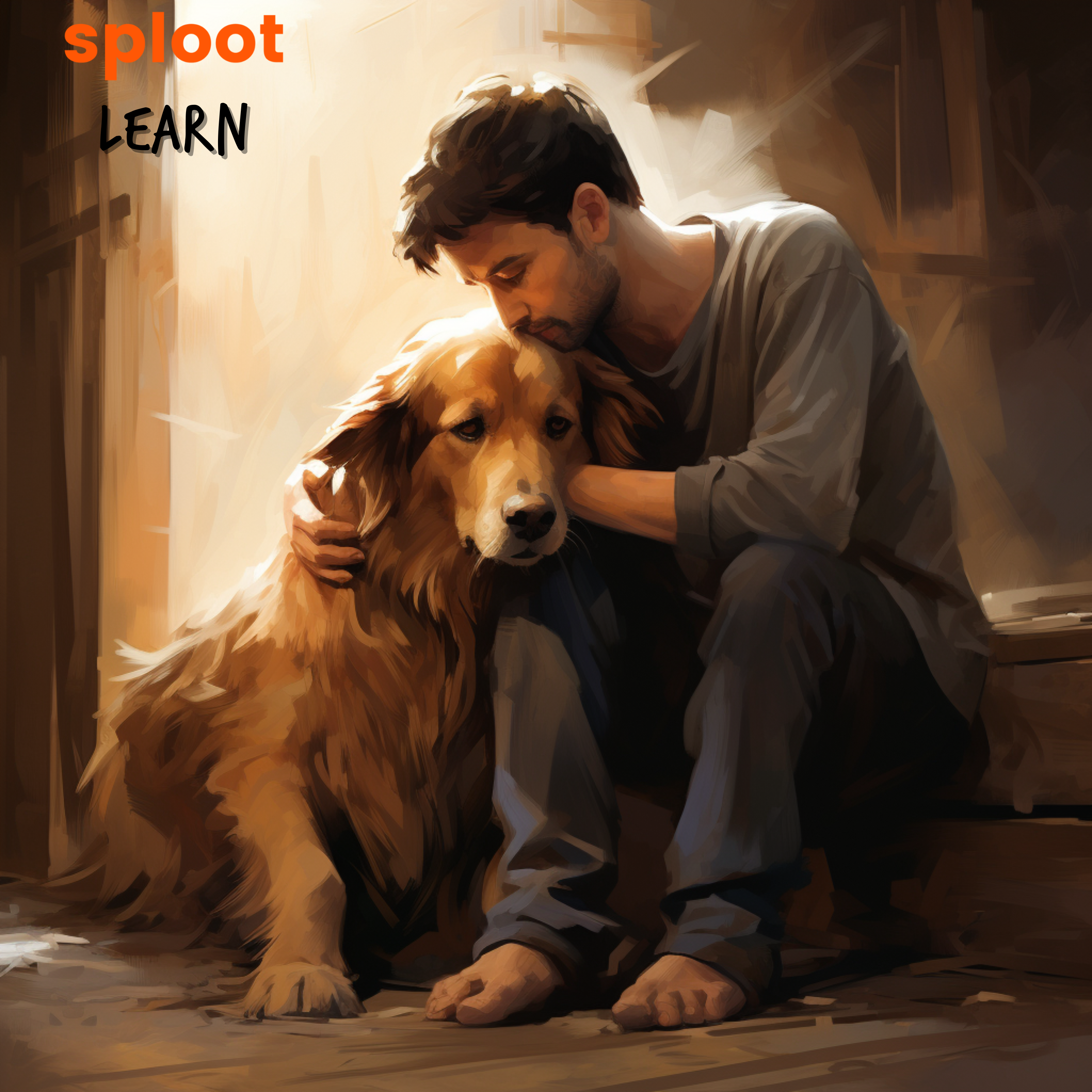Understanding Canine Anxiety and Stress: A Guide to Better Dog Parenting

Canine anxiety and stress are more common than many dog parents might think. Like humans, dogs can experience anxiety, which can affect their quality of life and lead to various behavioral issues. Recognizing the signs and understanding the causes of anxiety in dogs are crucial steps in providing the support and care they need. This guide explores canine anxiety and stress, offering insights and strategies to help dog parents foster a calmer, happier life for their furry companions.
Recognizing the Signs of Anxiety in Dogs
Anxiety can manifest in dogs in many ways, and recognizing these signs is the first step in addressing the issue. Common symptoms include:
- Excessive barking or whining when left alone or without apparent cause.
- Destructive behaviors, such as chewing furniture or digging, especially in the absence of their owners.
- Pacing, trembling, or excessive licking and grooming.
- Avoidance or hiding behavior, indicating fear or discomfort.
- Sudden aggression or changes in behavior.
- Excessive drooling, panting, or yawning in non-stressful situations.
Understanding these signs can help dog parents intervene early and seek appropriate solutions or professional help if necessary.
Causes of Canine Anxiety
Several factors can contribute to anxiety in dogs, including:
- Separation Anxiety: This is common among dogs who become distressed when separated from their family members.
- Fear-Related Anxiety: Loud noises (such as fireworks or thunderstorms), unfamiliar environments, and specific situations (like visits to the vet) can trigger fear-based anxiety.
- Age-Related Anxiety: Older dogs may develop anxiety as their cognitive functions decline, leading to confusion and fear.
- Past Trauma: Dogs with a history of abuse or neglect may be more prone to anxiety.
Strategies for Managing and Reducing Anxiety
Create a Safe Space: Provide a comfortable, secure area where your dog can retreat when they feel anxious. This could be a crate, a special room, or a quiet corner with their favorite bed and toys.
Consistent Routine: A predictable routine can provide a sense of security for anxious dogs. Try to maintain regular times for walks, meals, and bedtime.
Exercise and Mental Stimulation: Regular physical activity and mental engagement can significantly reduce anxiety levels. Exercise releases endorphins, which have a calming effect, while mental stimulation can prevent boredom and destructive behaviors.
Training and Socialization: Proper training and early socialization can help prevent anxiety by building confidence and reducing fearfulness. Positive reinforcement techniques encourage good behavior and strengthen the bond between you and your dog.
Desensitization and Counterconditioning: For fear-related anxieties, gradually exposing your dog to the source of their fear in a controlled, positive manner can reduce their anxiety over time.
Professional Help: In cases of severe anxiety, consulting with a veterinarian or a professional dog behaviorist is essential. They can offer tailored advice and, if necessary, prescribe medications to help manage anxiety.
The Role of Diet and Supplements
Nutrition plays a role in managing canine anxiety. Certain diets and supplements, such as omega-3 fatty acids, probiotics, and specific calming herbal compounds, can support overall brain health and reduce symptoms of anxiety. Always consult with your vet before adding supplements to your dog's diet.
Conclusion
Understanding and addressing canine anxiety is a vital aspect of responsible dog parenting. By recognizing the signs of anxiety and stress in dogs, and implementing strategies to mitigate these feelings, you can help your dog lead a more peaceful and happy life. Remember, each dog is unique, and what works for one may not work for another. Patience, love, and consistent care are key in helping your anxious dog feel more secure.

